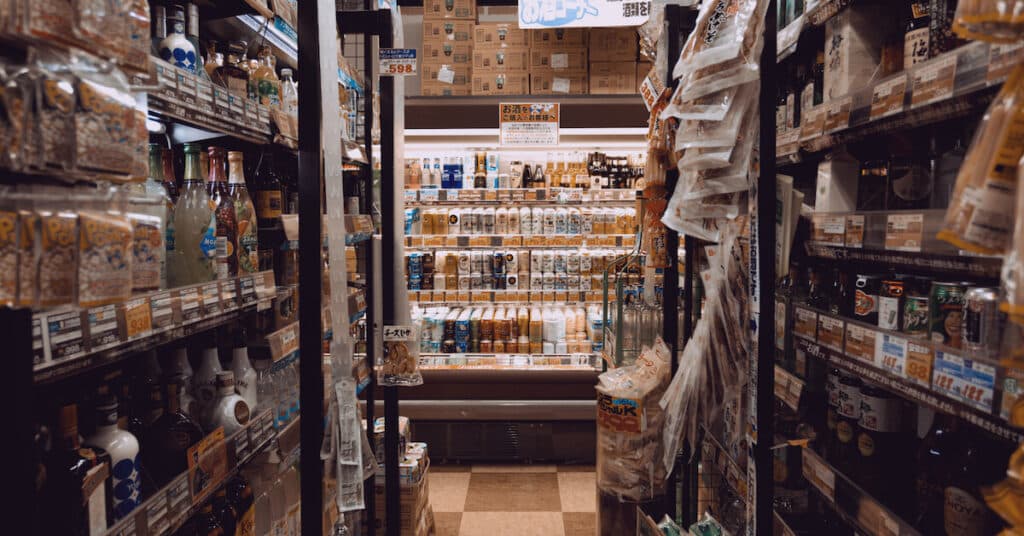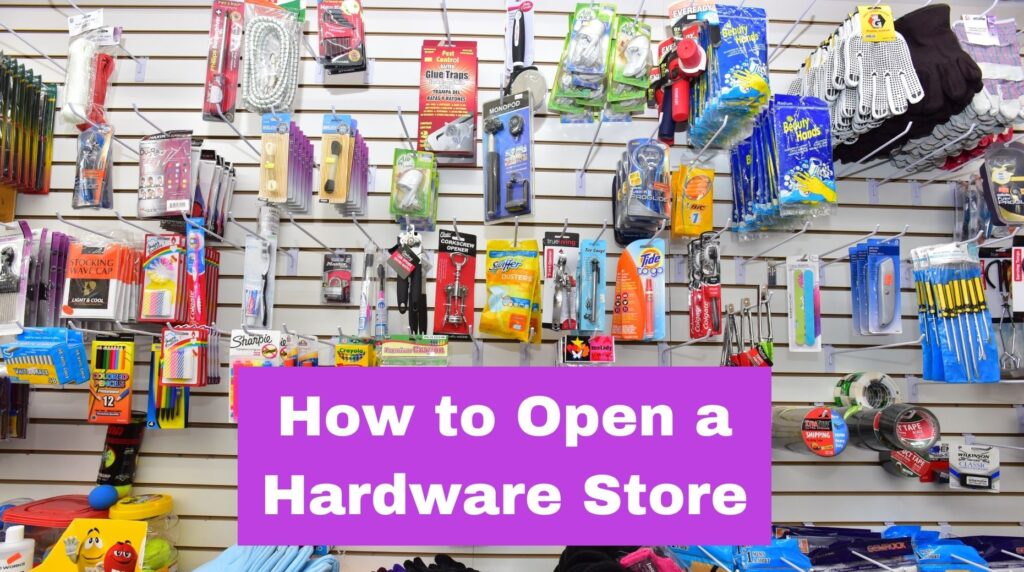American consumers save well over $3 billion every year through the use of coupons. Coupons help people save money and can encourage them to try new products or pick up products they would otherwise leave on the shelf. Coupons aren’t just for extreme couponers, and today’s coupons don’t only look like magazine clippings. They also take the form of mobile offers sent straight to our phones that anyone can conveniently use.
As a convenience store owner or manager, you may wonder whether coupons have a place in helping you grow your sales. In this article, we’re going to look at a case study of how coupons from our BOSS Club loyalty program increased Skittles sales at convenience stores. You may be surprised by just how much of an impact coupons can have.
Convenience Store Coupons
You may associate coupons with shopping at the grocery store and wonder whether there’s really any place for them in a convenience store. After all, convenience stores tailor to customers who are in and out quickly, and are looking for convenience. Does someone who stopped in for a coffee, a bag of chips, and a soda care about using a coupon?
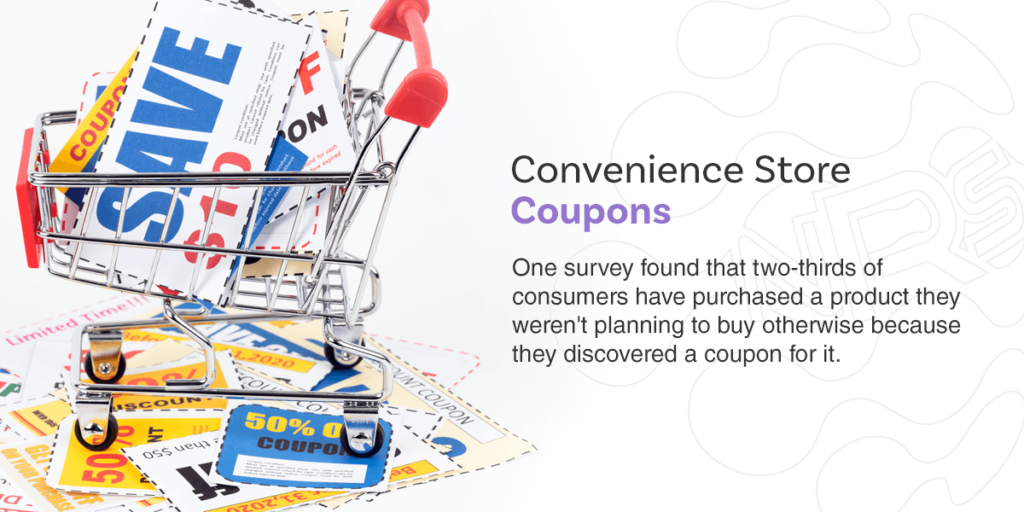
The answer is yes! Coupons can certainly influence the purchasing decisions of anyone shopping for items at convenience stores and many other types of stores. One survey found that two-thirds of consumers have purchased a product they weren’t planning to buy otherwise because they discovered a coupon for it. Whether shopping online or in a store, knowing you have a coupon for an item puts that item into your mind and may prompt you to add it to your basket.
It’s important to note that coupons come in many forms, and consumers don’t interact with all coupons the same way. For example, a manufacturer’s coupons in the newspaper or a magazine will likely go unnoticed by someone who isn’t seeking them out. Digital coupons, on the other hand, are accessible for anyone with a computer or smartphone. Advertising coupons inside of the store is another way to garner attention right before the customer selects what item to purchase.
A recent article from Convenience Store News pointed out that c-stores can more effectively connect with their customers using digital coupons since there are 135 million digital coupon users in the United States. The article also points out that many of the c-stores that are currently taking advantage of digital couponing are tying these coupons in with a loyalty program. These programs can create even more of a sense of exclusivity, which is a major part of what makes customers love coupons in the first place.
What categories of c-store coupons perform the best? One study found that customers redeemed the most coupons at their local convenience stores for beverages (led by energy drinks), followed by food and candy. These are all c-store staples, so getting customers to redeem coupons to buy more of these items is one of the best ways to increase convenience store sales.
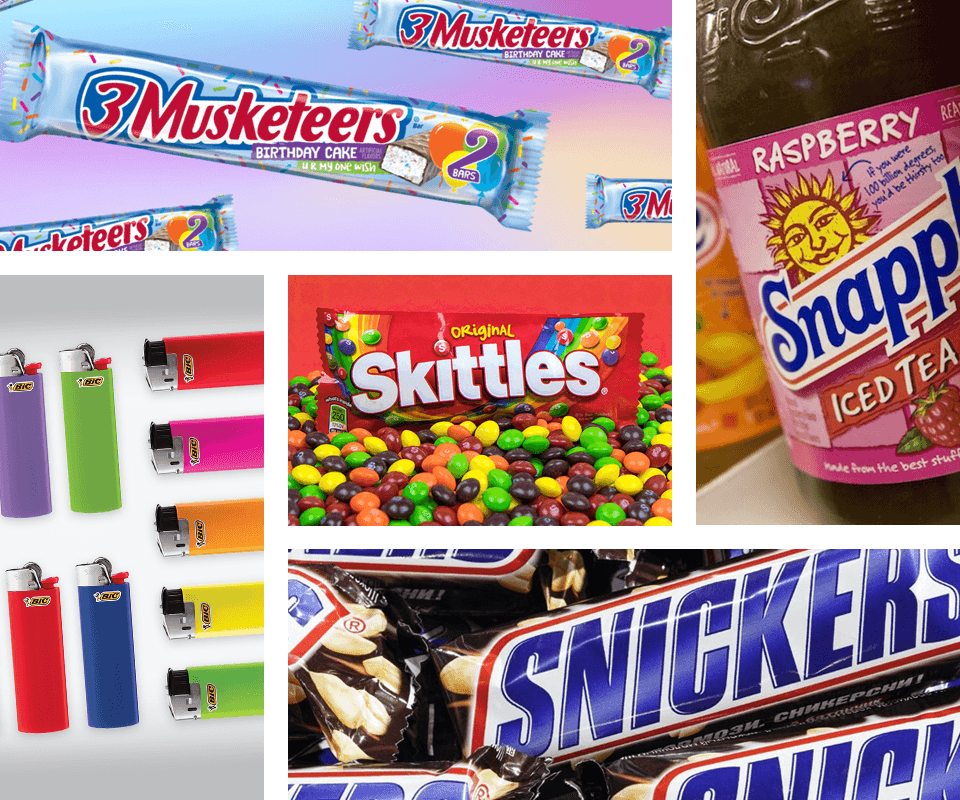
A Skittles Case Study
Now that we’ve talked about the effectiveness of coupons in general and for convenience stores in particular, let’s focus in on a case study from early 2019. This case study highlights the general coupon knowledge we’ve been discussing with some concrete numbers.
Let’s start by establishing our baseline for this case study. In January 2019, 184 stores that use the BOSS Club loyalty program sold Skittles products to customers who came in.
These Skittles products included several different UPCs, including original, sour, wild berry and tropical flavors — the four most popular Skittles flavors, according to Ranker, a website which allows consumers to rank their preference for various products. These UPCs also include the classic, smaller sizes as well as the larger share size. Together, the 184 stores that sold Skittles sold a total of 2,698 products, totaling $3,342.79 in revenue.
We then ran a coupon for Skittles in February with three goals: 1. Increase the number of stores in the BOSS Club network that sell Skittles, 2. Increase the total volume of Skittles products sold at BOSS Club locations, 3. Increase the volume of Skittles products sold at stores that were already selling Skittles (this last data point excludes stores that hadn’t been selling Skittles prior to the coupon).
In order to make customers aware of the Skittles coupon, we advertised the coupon on the customer facing screens of the stores’ POS Systems. This way customers could see the coupon during check out, perhaps the most influential and captivating time to advertise to a store’s customers. We also sent the coupon straight to BOSS Club members via SMS message. We then tracked Skittles sales in February to see if we achieved our three goals. The bottom line? Our stores saw a major upturn in Skittles sales due to the BOSS Club coupon. Let’s break it down in more detail, looking at each of our metrics.
1. Number of Stores That Sold Skittles
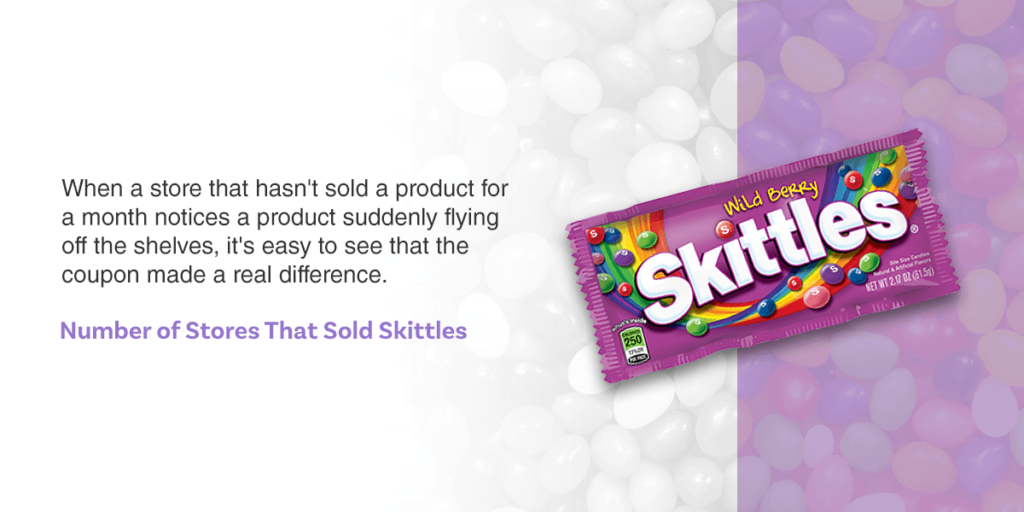
First of all, thirty four (34) BOSS Club stores that hadn’t sold any Skittles in January, sold Skittles in February because of the coupon. This resulted in a total of 218 stores selling Skittles as opposed to 184 in January, an 18% increase. This number was even more impressive for one particular UPC — the tropical Skittles flavor 2.17-ounce bag. Thirty eight (38) stores that hadn’t sold any of this UPC the month before sold them in February, thanks to the coupon.
It may be easy to write off the efficacy of a coupon if customers consistently bought a product, regardless of whether they had a coupon. However, when a store that hasn’t sold a product recently (or has never sold that product before) notices a product suddenly flying off the shelves, it’s easy to see that the coupon made a real difference.
2. Total Number of Skittles Products Sold
If you’re unconvinced by the amount of new stores selling Skittles, then you may be more interested in the increase in the total number of Skittles products sold. The 218 stores that redeemed coupons in February sold vastly more Skittles products in February than in January. The number of Skittles products sold at these stores jumped from 2,698 to 6,671. That’s an amazing 147% increase. In other words, our BOSS Club stores sold nearly 2.5 times more Skittles products in February than they had in January.
Considering the fact that candy is one of the six product categories that make up the vast majority of convenience stores’ sales, an upturn in revenue from candy sales is a win for the store’s success overall.
3. Number of Skittles Products Sold (excluding stores that were not already selling Skittles in January)
Now that we’ve shown the increase in total Skittles sales due to the BOSS Club Skittles coupon, what if we remove stores from the data set that weren’t already selling Skittles prior to the February coupon? Remember, in bullet point 2 we got a big boost in sales from stores that were selling zero Skittles in January who just began selling Skittles in February. After all, there were 38 more stores selling Skittles in February than in in January due to the coupon.
How impressive would it be if we even got a big lift in Skittles sales at stores that were already selling skittles?
The 184 stores that were already selling Skittles UPCs in January sold 5722 Skittles products in February. That’s an increase of 112% from the 2698 Skittles products they sold in January. Also, a reminder that there are three less days in February than in January. That means these dramatic increases in Skittles sales happened in three less days of business!
How Can We Use This Information?
So, now that we’ve seen the evidence from this case study, what does it mean for your c-store? Amidst the convenience store tips and tricks for growing your sales, don’t overlook the power of the coupon. If delivered in a way consumers can conveniently use, coupons can have a profound effect on individual consumers’ buying decisions and on your sales as a whole.
According to Investopedia, offering coupons to customers can help you:
- Bring in new customers to your store
- Launch new product lines
- Clear out overstocked or unwanted inventory
- Prompt customers to try a new brand
- Encourage repeat business
The benefits are extensive and backed up by retailers’ own experience and data, such as what we gathered from our case study. So, what holds c-stores back from implementing coupons? One possible reason is that, if they’re not done right, coupons could cause you to lose revenue rather than gain it. For your store to benefit from coupons, they need to be strategically created to encourage customers to spend more in your store, not less. This potential can can scare off some retailers.
Another reason some convenience stores may shy away from using coupons is because they don’t know where to start. We understand that coming up with promotion ideas for your convenience store can be overwhelming. How do you know what to place on sale? What percentage should you take off? Or should you opt for a buy-one-get-one sort of deal? And how do you avoid possible loopholes that can allow a savvy couponer-user to cause you to lose money instead of make more of it? The possibilities and questions are seemingly endless.
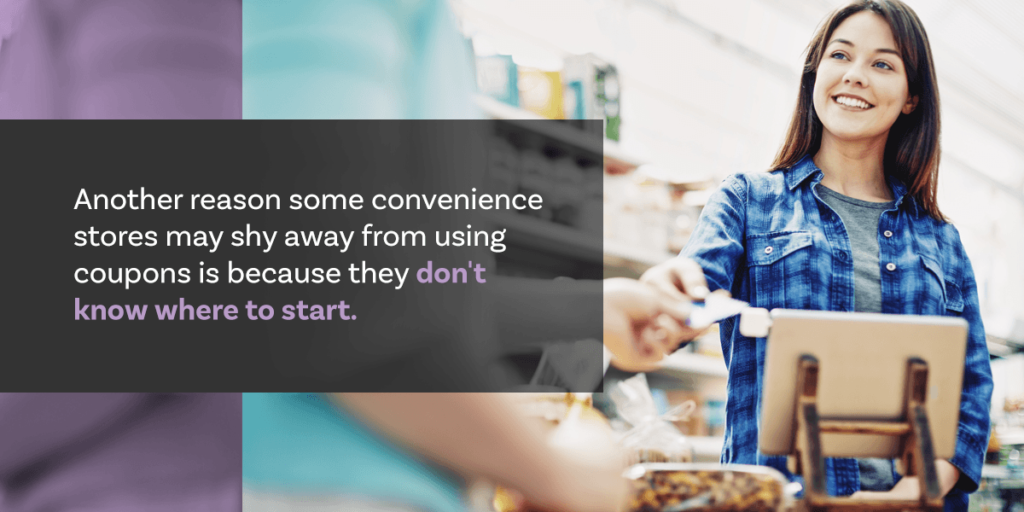
Once you figure out what sorts of convenience store promotions you want to offer, your job is far from done. You have to determine what form your coupons are going to take and how you’re going to get them into the hands of shoppers. You may even need a graphic designer to help you create the coupon itself. You could just sit back and hope that customers cut out manufacturer’s coupons and bring them along, but since these coupons are valid anywhere the product is sold, they won’t bring customers into your store specifically.
The easiest way to take full advantage of coupons is to do what the retailers in our case study did. They became part of the BOSS Club loyalty program. With the BOSS Club, you don’t have to do the work of coming up with special discounts, and you don’t have to make your own coupons. Instead, your customers will get digital coupons sent straight to their devices that they can redeem only at stores that are part of the BOSS Club network.
And the best part? The coupons are sponsored by nationwide brands so YOU GET PAID BACK FOR EVERY REDEEMED COUPON.
NRS BOSS Club Program and Loyalty Software
National Retail Solutions (NRS) is empowering small business all over the country to cash in on the benefits of store promotions and coupons through our loyalty software and exclusive access to the BOSS Club. Together, these tools make it easy to provide your customers with sales and coupons.
Some store owners and managers love being able to create their own discounts for their customers, and there’s no better way to do that than through our loyalty software, which comes with every point-of-sale (POS) system we sell. This software allows you to create your own in-store discounts, whether that be taking a certain number of cents off of a product’s price or rewarding customers for buying a specific number of a product.
When you program in the discounts you want, they will automatically be applied at checkout as your employees scan in items that are on sale. For promotions that require a customer to buy a certain number of items, the customer-facing screen will let the customer know that they can save by throwing in an additional item or two. If you want to know how your discount programs are performing, you can check the Store Statistics menu.

When you want to offer your customers digital coupons that you don’t have to sponsor yourself, this is where BOSS Club comes in. BOSS Club is a customer rewards program used by a nationwide network of small businesses just like yours. The BOSS Club program offers your customers coupons that are sponsored by large national brands. When you purchase the POS+ from NRS, you automatically gain access to the BOSS Club program.
BOSS Club allows you to enjoy the undeniable benefits to your bottom line that strategic coupons bring without having to figure out how to produce and distribute these coupons on your own. When your customers join the BOSS Club program, they’ll get these special offers sent straight to their phones. A coupon for their favorite drink, candy or snack may just be the prompting they need to stop into your store. While they’re there, you can expect them to buy other items too.
C-store chains are working on perfecting their loyalty programs, so your small chain or independent store should fight to keep up by implementing a loyalty program that takes advantage of modern technology — no punch cards or manually manipulating prices. All your customers have to do is scan their BOSS Club cards and watch the coupons automatically apply on their screen as you ring up their items.
The retailers in our case study didn’t have to come up with that Skittles coupon on their own. Instead, they just got to see a spike in their Skittles sales and their revenue as customers took advantage of their BOSS Club coupons.
Start Cashing in on Coupons at Your Store Today

We hope this case study of what BOSS Club coupons did to raise Skittles sales across participating stores has served to illuminate the power coupons have to help your convenience store succeed. If you’ve been wondering how to increase your convenience store sales, coupons may very well be the answer. The BOSS Club program can also help grocery stores, delis and other retail stores that sell snacks and beverages increase their sales.
You don’t have to be a large chain or big-box store to enjoy the benefits of digital coupons for your customers. At NRS, our mission is to bring this technology to small businesses like yours. If you want to implement a modern, all-in-one POS system, complete with access to our loyalty software and BOSS Club, contact our sales team today for a free quote.
